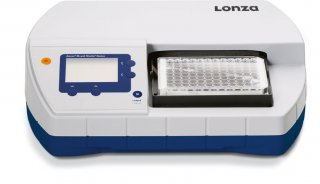Shuttle for transfer of acetyl groups from mitochondria to the cytosol

Acetyl-CoA is produced in mitochondria through the metabolism of fatty acids and the oxidation of pyruvate to acetyl-CoA. When ATP is needed, this acetyl-CoA can enter the Krebs cycle to drive oxidative phosphorylation. When ATP supplies are abundant, the acetyl-CoA can be diverted to other purposes like energy storage in the form of fatty acids. The biosynthesis of fatty acids from this acetyl-CoA cannot take place directly however, since it is produced inside mitochondria while fatty acid biosynthesis occurs in the cytosol. Also, there is not a mechanism that directly transports acetyl-CoA out of mitochondria. To be transported, the acetyl-CoA must be chemically converted to citric acid using a pathway called the tricarboxylate transport system. Inside mitochondria, the enzyme citrate synthase joins acetyl-CoA with oxaloacetate to make citrate. This citrate is transported from the mitochondria to the cytosol, thus transporting the acetyl-CoA in the form of citrate. Once in the cytosol, the citrate is converted back to oxaloacetate, which is then reduced to malate. Malate can be oxidized to pyruvate by the malic enzyme, with production of NADPH as well that can contribute to fatty acid biosynthesis. Pyruvate can be reimported back into the mitochondria. Alternatively, malate can be transported itself back into the mitochondria and used to produce NADH once inside mitochondria.




















